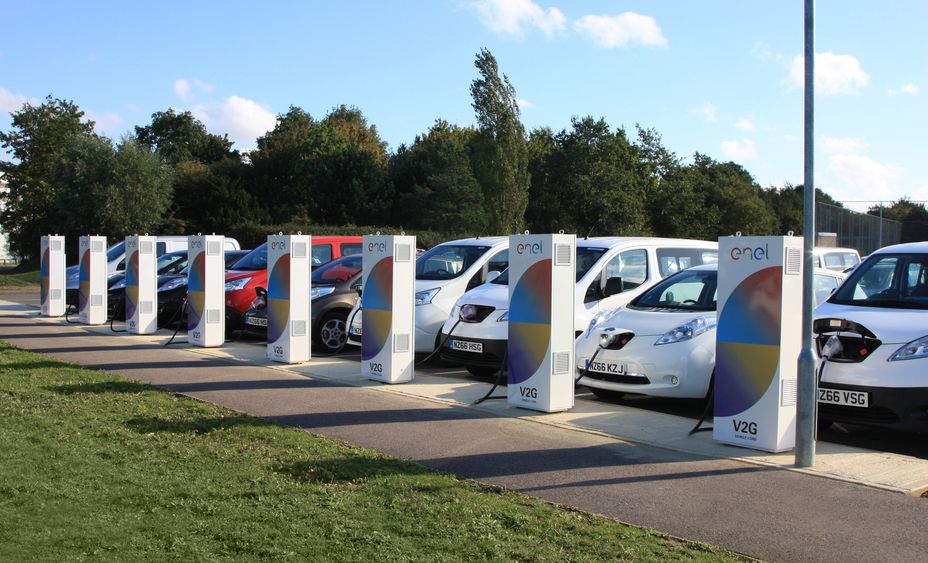
Vehicle-to-grid, the missed opportunity of electric cars
My wife and I both drive an electric car. We own a Tesla Model Y and a Kia e-Niro, meaning we have a combined battery capacity of around 140 kWh. It is enormous! Having the possibility to store a large amount of electricity in our cars without the ability to power our home or to help the grid network is incredibly frustrating.
It's even worse when electricity production cannot match the demand at some times during the day and when the situation could lead to a blackout. That's the scenario we were prepared by the authorities for this winter in France because of the current energy crisis.
Of course, we already contribute by charging our cars at night when the electricity demand is low. Still, we would have been happy to provide electricity from our batteries to help the grid during consumption peaks.
Applying our case to millions of EV drivers could significantly and positively impact the grid network balance. Suppose we combine this vision of using millions of "batteries-on-wheels" as a massive storage capacity. In that case, we can also better integrate intermittent renewable energy sources like solar or wind. We could work to decentralize electricity production, build a more resilient grid network and decrease coal and nuke use. That's my dream for the future.
Sadly, the general population and politics do not understand the concept of integrating electric cars into the grid and the associated benefits. Only a few people, often experts, have this vision in mind when discussing the rise of electric vehicles.
That's understandable. Vehicle-to-grid (V2G) and Vehicle-to-home (V2H) concepts are no longer concrete. There are some experiments, mostly with company fleets of electric cars, but the technology and associated costs still need to be improved for massive deployment.
Nevertheless, I think Vehicle-to-grid should be a political priority for the future. The concept should be explained to the public, and the politicians should integrate it into a long-term energetic strategy as a significant milestone.

Batteries have a high environmental cost and won't be used for energy transfer most of the time during their life in a car. Today, we're putting millions of "batteries on wheels" on the road without vehicle-to-grid capabilities. That's a massive waste of resources. It's one of the reasons why we need a long-term strategy to use our electric cars as a fully integrated part of the grid.
We need to focus on decreasing the costs of the V2G technology, standardizing, providing the legal framework, finding the business model, building the smart grid that can integrate the cars, and deploying the infrastructures at a massive scale. That's a bold society project!
I hope the current energy crisis will help raise awareness about the importance of V2G for our energy future. Citizens and politicians should embrace this topic.
To do my part of the job, I'll ensure that our media, Automobile Propre and Révolution Énergétique, will continue to explain and democratize this concept to the public they reach in France. I'll equip my home with a V2G device as soon as possible, and then share the story on this blog!